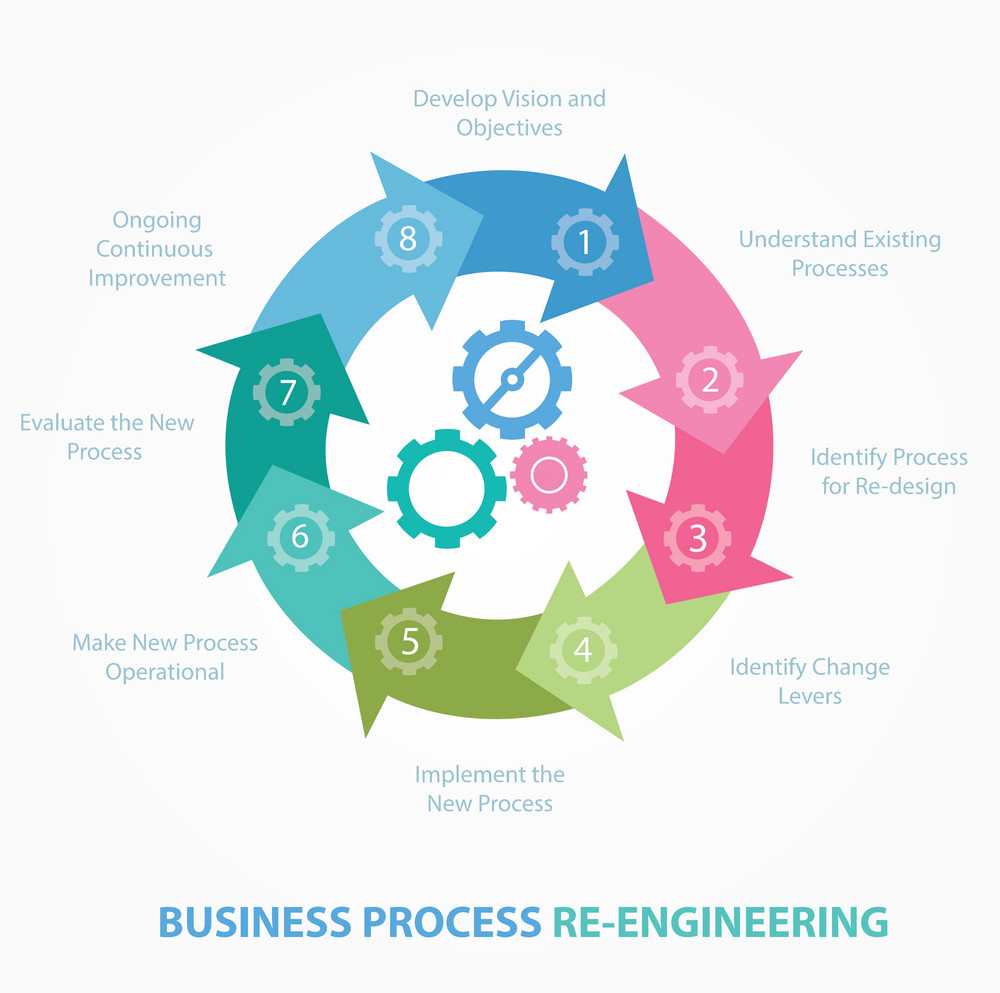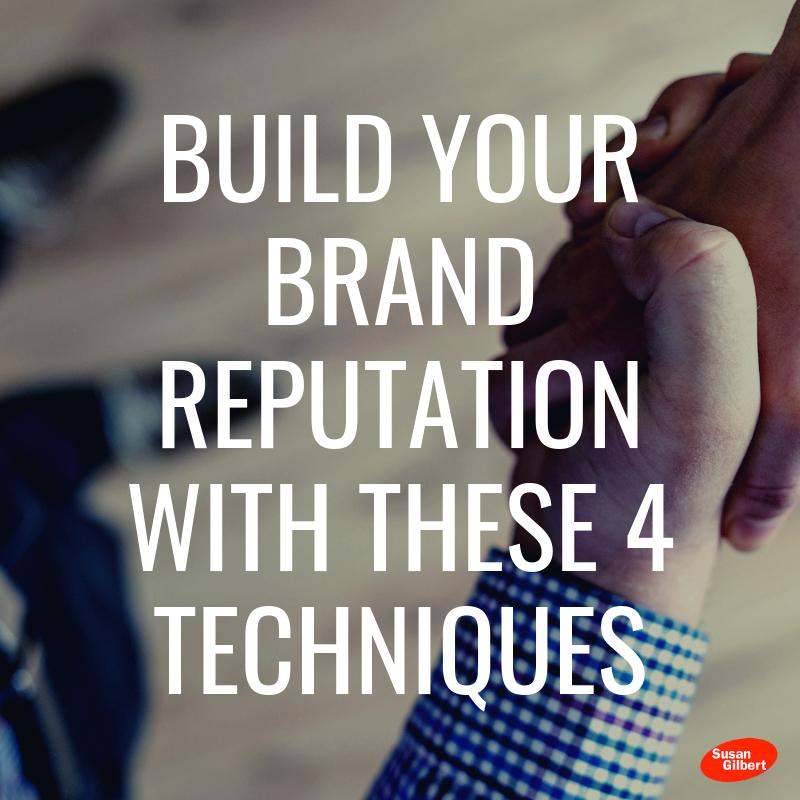Customer Satisfaction Measurement Techniques
Customer satisfaction measurement techniques are essential for businesses to understand how well they are meeting the needs of their customers. By measuring customer satisfaction, businesses can identify areas where they can improve their products or services, and ultimately increase customer loyalty and retention.
There are a variety of different customer satisfaction measurement techniques that businesses can use, including surveys, feedback analysis, and benchmarking. Each of these techniques has its own advantages and disadvantages, and the best approach for a particular business will depend on its specific needs and resources.
Customer Satisfaction Measurement Techniques
Customer satisfaction is the level of contentment a customer experiences after interacting with a company or its products or services. It’s a crucial metric for businesses as it directly impacts customer loyalty, revenue, and reputation.
Measuring customer satisfaction is essential for understanding how well a business meets customer expectations and identifying areas for improvement. There are several methods used to measure customer satisfaction, each with its advantages and disadvantages.
Customer Satisfaction Measurement Methods
- Surveys: Surveys are a widely used method for collecting customer feedback. They can be conducted online, via email, or over the phone. Surveys allow businesses to gather detailed information about customer experiences and satisfaction levels.
- Customer Relationship Management (CRM) Systems: CRM systems track customer interactions and provide insights into customer behavior. They can be used to monitor customer satisfaction by tracking metrics such as customer retention rates, repeat purchases, and customer complaints.
- Social Media Monitoring: Social media platforms offer a wealth of customer feedback. Businesses can monitor social media channels to identify customer concerns, praise, and overall sentiment towards their products or services.
- Net Promoter Score (NPS): NPS is a metric that measures customer loyalty. It is calculated by asking customers how likely they are to recommend a company’s products or services to others. NPS provides a quick and easy way to assess customer satisfaction and identify potential promoters.
- Customer Effort Score (CES): CES measures how easy it is for customers to interact with a company. It is typically measured by asking customers how much effort they had to put into resolving an issue or completing a task. CES is an important metric for identifying areas where businesses can improve customer experience.
Survey Methods
Conducting surveys is a widely used technique for measuring customer satisfaction. Surveys allow businesses to gather direct feedback from customers, providing valuable insights into their experiences and preferences.
There are various types of surveys that can be used for customer satisfaction measurement, each with its own advantages and disadvantages. Let’s explore some of the common types and their applications.
Customer Satisfaction (CSAT) Surveys, Customer satisfaction measurement techniques
- Measure overall customer satisfaction with a product or service.
- Typically use a Likert scale or rating system, where customers indicate their level of satisfaction on a scale (e.g., very satisfied, satisfied, neutral, dissatisfied, very dissatisfied).
- Provide a quick and straightforward way to gauge customer sentiment.
Customer Effort Score (CES) Surveys
- Measure the ease or difficulty customers experience when interacting with a company.
- Ask customers to rate the effort required to complete a specific task or interaction (e.g., making a purchase, resolving an issue).
- Help businesses identify areas where they can improve customer experience and reduce customer effort.
Net Promoter Score (NPS) Surveys
- Measure customer loyalty and advocacy.
- Ask customers how likely they are to recommend a product or service to others on a scale of 0 to 10.
- Provide insights into customer loyalty and the likelihood of repeat business.
Feedback Analysis

Feedback analysis is the process of examining customer feedback to identify trends, patterns, and insights that can help businesses improve their products, services, and customer experiences.
There are a number of different techniques that can be used to analyze customer feedback, including:
Quantitative Analysis
- Frequency analysis: This technique involves counting the number of times that a particular response occurs in the feedback data.
- Sentiment analysis: This technique uses natural language processing (NLP) to identify the sentiment of customer feedback (positive, negative, or neutral).
- Correlation analysis: This technique is used to identify relationships between different variables in the feedback data.
Qualitative Analysis
- Thematic analysis: This technique involves identifying recurring themes and patterns in the feedback data.
- Discourse analysis: This technique involves examining the language used in customer feedback to identify patterns and insights.
- Grounded theory: This technique is used to develop new theories and models based on the analysis of customer feedback.
By using these techniques, businesses can identify trends and patterns in customer feedback that can help them improve their products, services, and customer experiences.
4. Metrics and Reporting

Measuring customer satisfaction is crucial for businesses to understand their customers’ needs and improve their products or services. Various metrics can be used to gauge customer satisfaction, and it’s essential to identify the ones that align with your specific business goals.
Key Metrics for Customer Satisfaction
- Customer Satisfaction Score (CSAT): A measure of how satisfied customers are with a specific interaction or experience.
- Net Promoter Score (NPS): A metric that gauges the likelihood of customers recommending your business to others.
- Customer Effort Score (CES): A measure of how easy it is for customers to interact with your business.
- First Contact Resolution (FCR): A metric that measures the percentage of customer issues resolved on the first contact.
Best Practices for Reporting Customer Satisfaction Data
Once you’ve collected customer satisfaction data, it’s essential to report it effectively to gain actionable insights. Here are some best practices:
- Use clear and concise visuals: Present data in easy-to-understand graphs, charts, and tables.
- Benchmark your results: Compare your customer satisfaction metrics against industry benchmarks or your own historical data.
- Identify trends and patterns: Analyze data over time to identify trends and patterns that can inform decision-making.
- Share results with stakeholders: Communicate customer satisfaction data to relevant teams and stakeholders to drive improvement initiatives.
Benchmarking and Improvement
Benchmarking customer satisfaction is crucial for organizations to measure their performance against industry standards and identify areas for improvement. By comparing customer satisfaction scores with competitors or industry benchmarks, organizations can gain valuable insights into their strengths and weaknesses, and prioritize initiatives to enhance customer experience.
Regularly analyzing customer feedback data allows organizations to identify trends and patterns in customer satisfaction levels. This data can be used to identify specific areas where customers are dissatisfied and to develop targeted strategies to address these concerns. By addressing customer pain points and improving customer experience, organizations can increase customer loyalty, reduce churn, and drive business growth.
Data-Driven Improvement
Data analysis plays a vital role in improving customer satisfaction. By analyzing customer feedback, organizations can identify common themes and trends, as well as specific areas where customers are dissatisfied. This data can be used to prioritize improvement initiatives and develop targeted strategies to address customer concerns.
Organizations should also consider using customer segmentation to tailor their improvement efforts to the specific needs of different customer groups. By understanding the unique needs and expectations of each customer segment, organizations can develop more effective strategies to improve satisfaction levels and build stronger customer relationships.
Continuous Improvement
Customer satisfaction measurement is an ongoing process. Organizations should regularly collect and analyze customer feedback to identify areas for improvement and track progress over time. By continuously monitoring customer satisfaction levels, organizations can ensure that they are meeting the evolving needs of their customers and maintaining a high level of customer satisfaction.
FAQ
What is customer satisfaction?
Customer satisfaction is a measure of how well a business meets the needs of its customers. It is typically measured through surveys or feedback analysis.
Why is customer satisfaction important?
Customer satisfaction is important because it is a key driver of business success. Businesses with high levels of customer satisfaction have higher sales, lower churn rates, and stronger reputations.
How can I measure customer satisfaction?
There are a variety of different customer satisfaction measurement techniques that businesses can use, including surveys, feedback analysis, and benchmarking.





